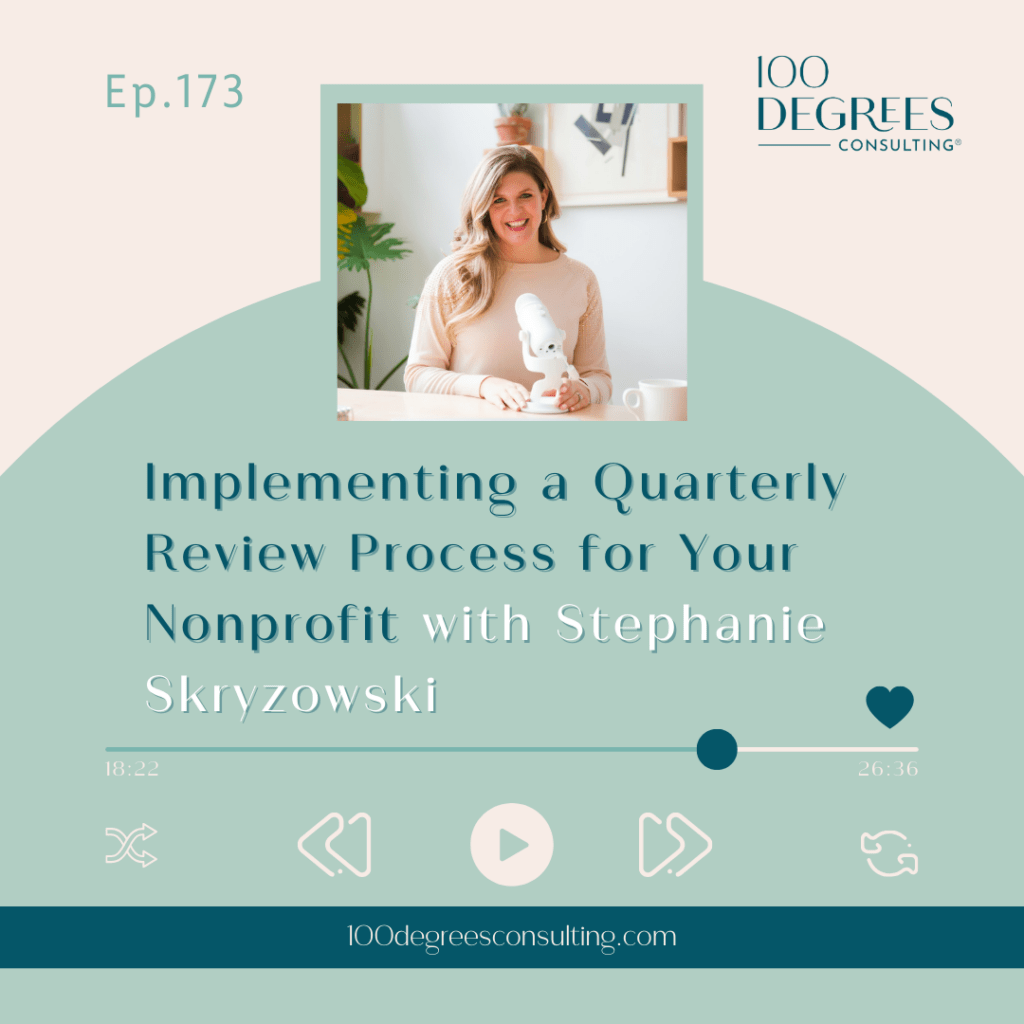One question I ask when getting to know a new organization is: What does your monthly close process look like? I often get the answer: What’s that? [Insert wide-eyed emoji here].Many organizations I speak with don’t have an official monthly close process. They generally make sure all the month’s transactions are in the books and then run reports when it’s time for a board meeting. Or maybe they close the books on a quarterly basis instead, again, aligned with a board meeting or quarterly tax payments.While these aren’t necessary red flags, I know that we can do better! Monthly financial reports give you almost real time visibility into your organization, allowing you to be more agile and nimble, and make better decisions in the moment. You remain more organized by getting everything into the books immediately, rather than waiting to make entries months later and deal with messy numbers clean-up later. Finally, your books are going to be much more accurate with real time entry.This is why I work to implement a strong monthly close process for each organization I work with. You don’t need a big accounting team or several extra work days to make this happen.

Check it out.
The basics of a monthly close process: Deadline: 10 business days after the end of the month (Example: November books are to be closed by December 14th – and then no changes to November are allowed) Process & Actions:
1. Enter all expenses
- Petty cash
- Credit card
- Payroll
- Depreciation
- In-kind
- Expense reports
2. Enter all revenue
- Pledges
- Cash receipts
- Donations
- Sales
3. Reconcile all cash accounts
-
- Do your book balances tie with your bank statement balances?
4. Run your reports and analyze
-
-
- Balance sheet – compare last year to this year, check for any major variances. What’s happening to cause the big variances?
- Income statement – compare last year to this year, check for any major variances. What’s happening to cause the big variances?
- Budget vs actual – compare month actuals vs. budget and YTD actuals vs. budget
- General ledger – eyeball the details and make sure all looks correct
- A/R Aging – what account receivable do you have outstanding? Make another effort to collect!
- Cash flow – how much cash is in the bank? When does it look like cash is getting low?
-
5. Bonus points: Forecast the rest of the year
-
-
- After you close each month and review your reports, create a spreadsheet and fill in your projections for cash, revenue, and expenses for each month for the rest of the year.
- How far off are you from your budget? Do you see any major gaps in revenue or cash? Any months that are heavy in expenses? Why?
- This exercise will do wonders to help you see around the corner for your business.
-
Okay, so there were a LOT of finance-y words above that might make you feel overwhelmed. Am I still speaking a foreign language? Does Excel make you cringe? No problem!
Reach out and I’ll walk you through getting your financial house in order, step by step. You WILL become the master of your financial domain!



















